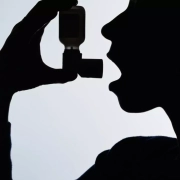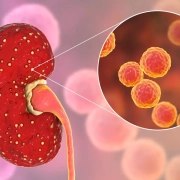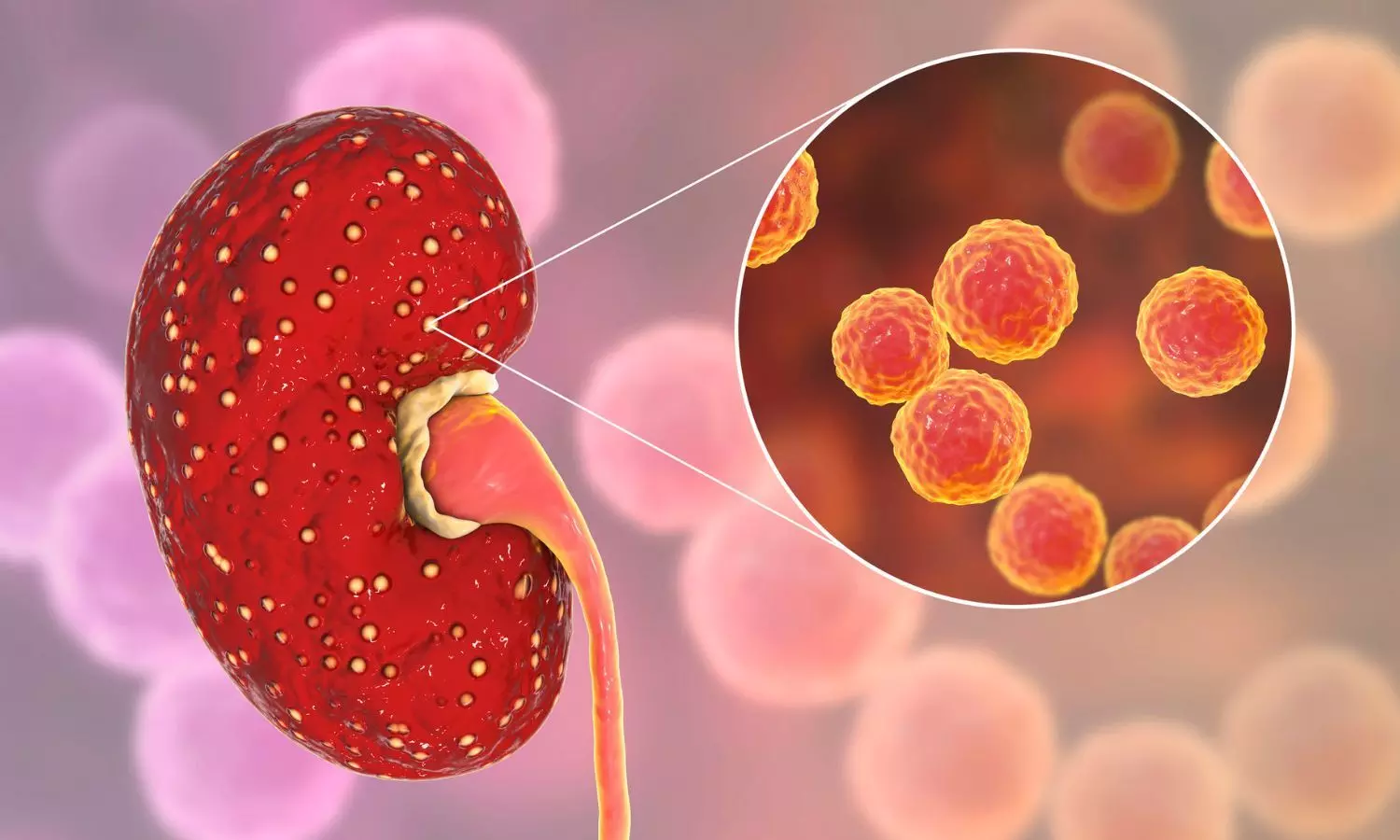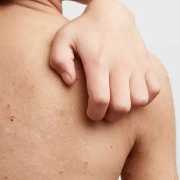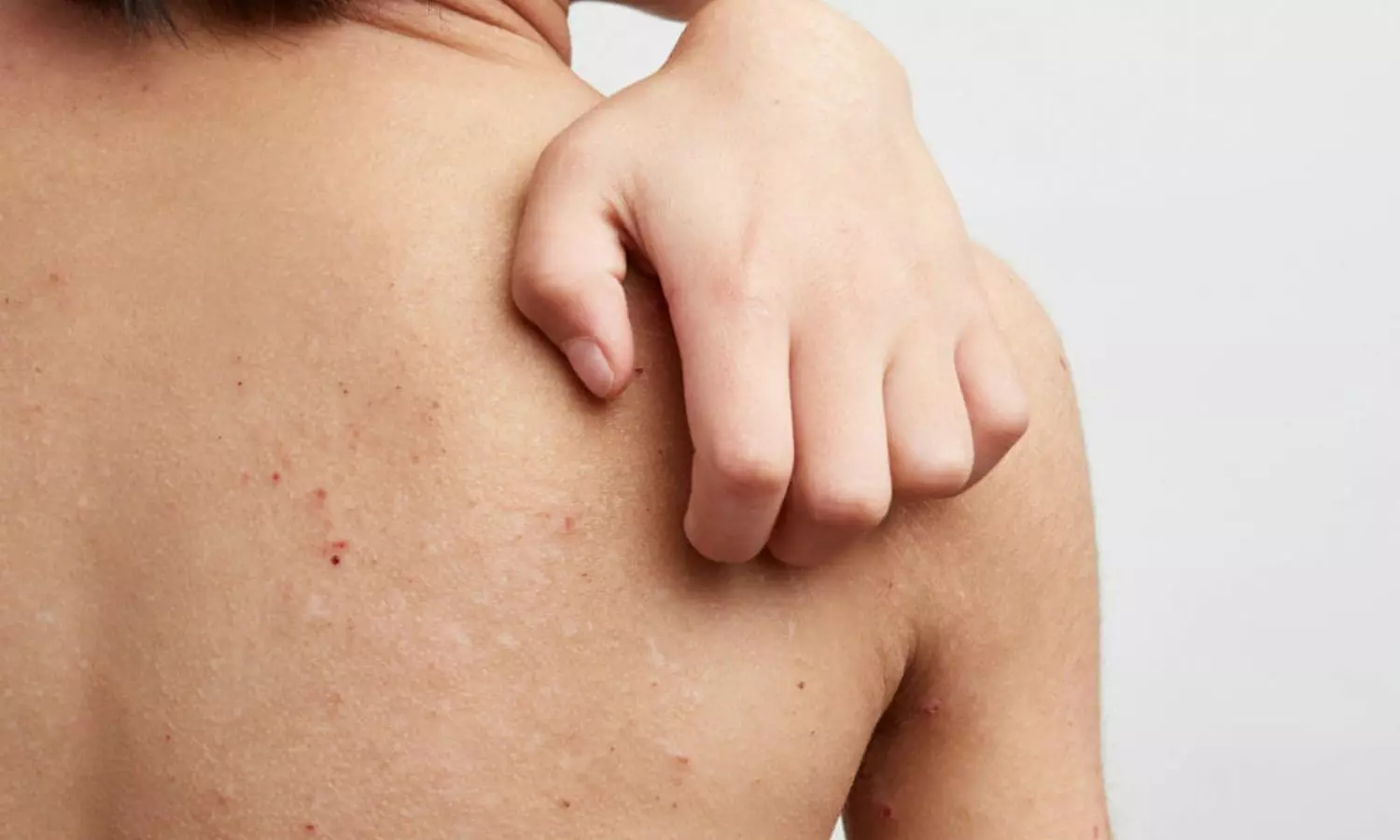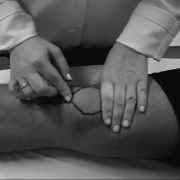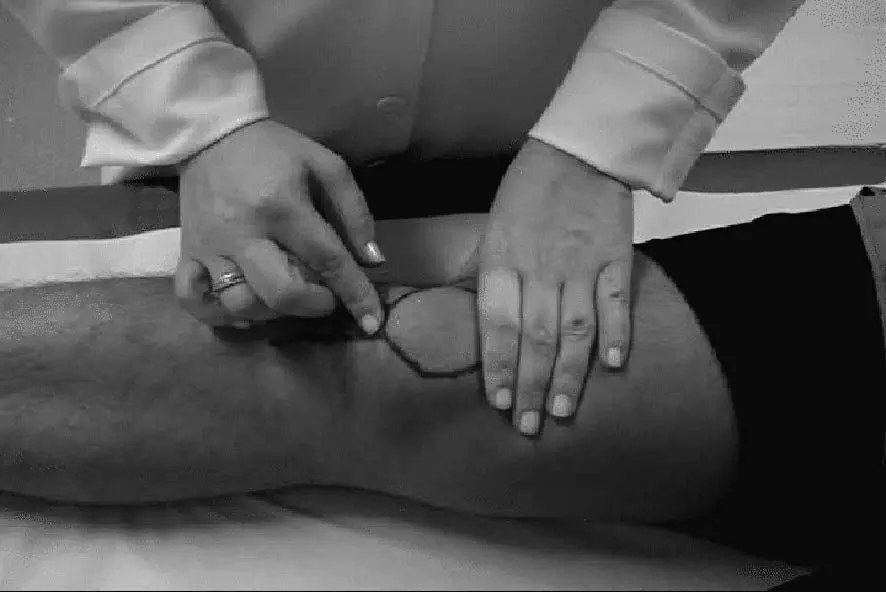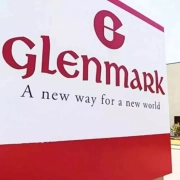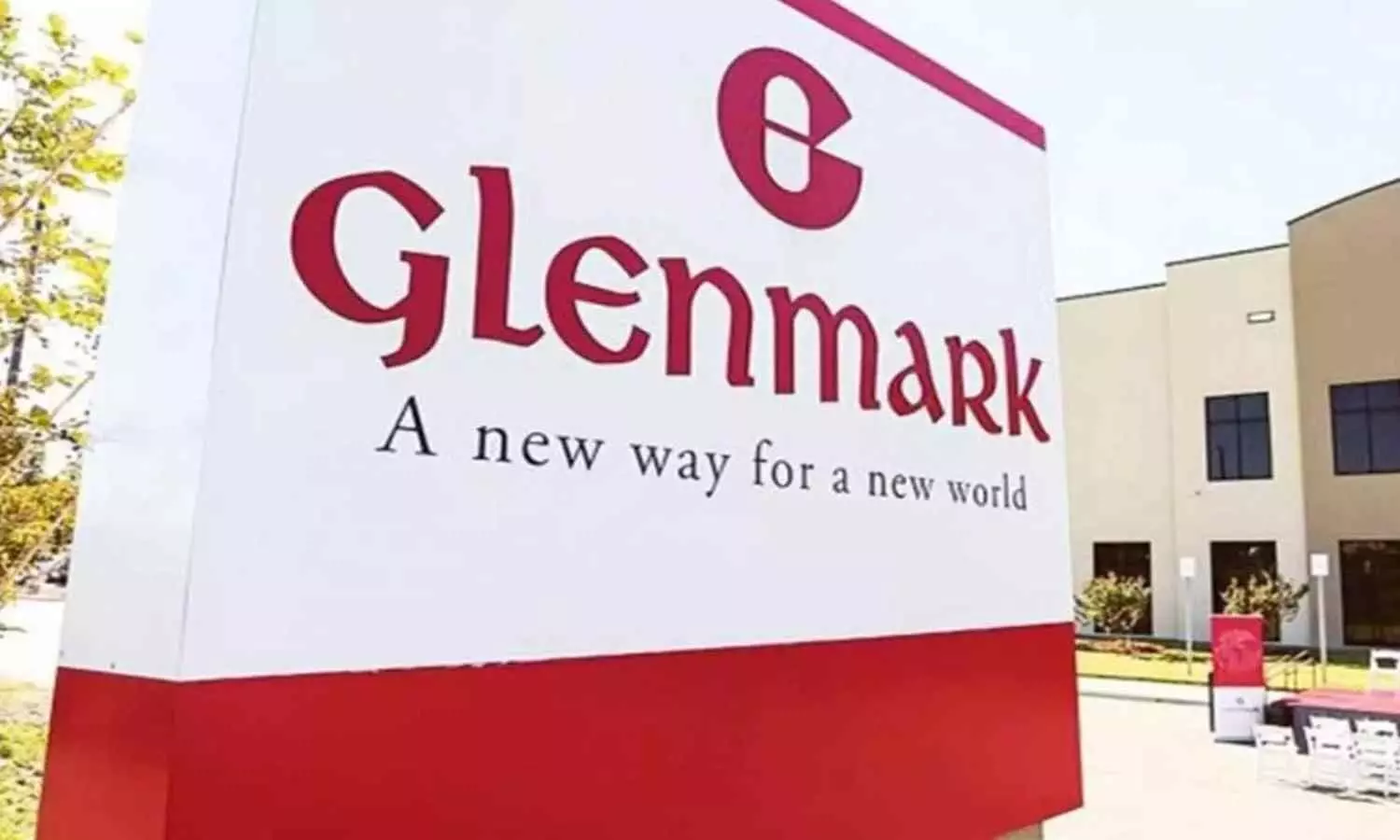Buteyko breathing technique effective adjunct in asthma therapy deserving wider attention, suggests study

It has been suggested that non-pharmaceutical approaches, such as the Buteyko breathing technique (BBT), be implemented to support traditional asthma therapy. However, the evidence regarding their effectiveness needs to be more consistent.
A European Journal of Medical Research study has concluded that BBT is clinically effective. Despite the significant reduction of respiratory pharmacotherapy, improved symptom scores and a slight increase in bronchial volume indicate this.
Researchers examined BBT’s influence on clinical outcomes and functional parameters to better understand its impact on asthma patients.
Two groups (n = 30 each) of asthma patients were studied for three months. One group received BBT therapy, while the other received the usual treatment (UT) without BBT. Primary outcome was voluntary control pause (CP) after three months, and secondary outcomes included additional breath-hold parameters, FEV1, capnovolumetry, FeNO, ACQ, NQ, and medication use (β2-agonists; inhaled corticosteroids, ICS)
Key findings from the study are:
- CP showed significant time-by-group interaction and main effects for the study group and time.
- ACQ and NQ scores were significantly improved with BBT.
- This was associated with reduced use of β2-agonists and ICS by 20% each.
- In the UT group, None of these effects occurred.
- While FEV1 and the slopes of the capnovolumetric expiratory phases 2 and 3 did not significantly change, the capnovolumetric threshold volume at tidal breathing increased (p < 0.05) with BBT by about 10 mL or 10% in comparison to the baseline. This suggests a larger volume of the central airways.
- No significant changes were seen for FeNO.
BBT showed clinical effectiveness, as evidenced by improved symptom scores and slight increases in bronchial volume. Its well-accepted nature by participants suggests its potential as a supportive tool in asthma therapy, deserving wider attention in clinical practice.
Reference:
Vagedes, Katrin, et al. “Effect of Buteyko Breathing Technique On Clinical and Functional Parameters in Adult Patients With Asthma: a Randomized, Controlled Study.” European Journal of Medical Research, vol. 29, no. 1, 2024, p. 42.
Powered by WPeMatico

